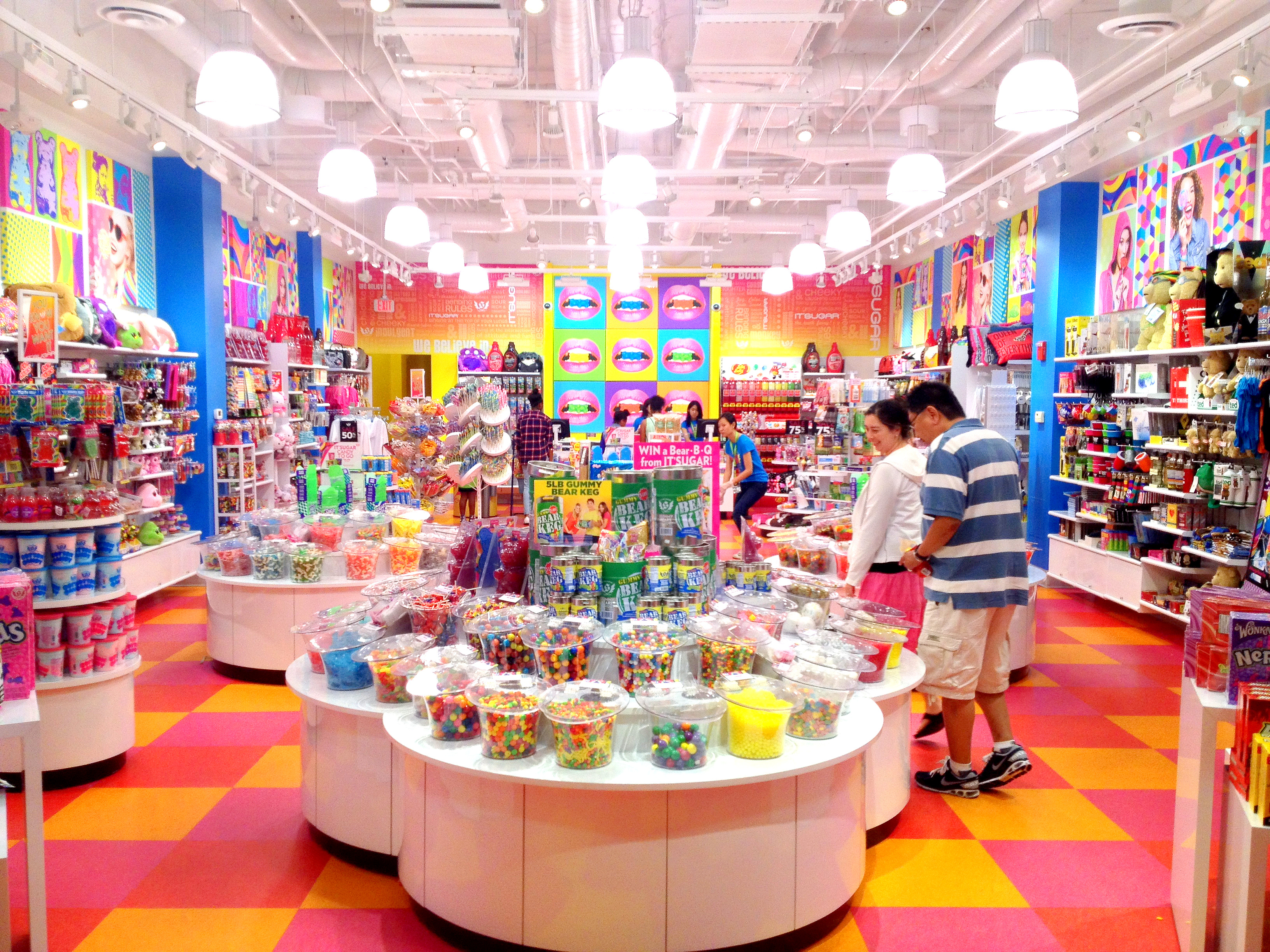I Luv Candi Things To Know Before You Get This
Table of ContentsSee This Report on I Luv CandiThe Single Strategy To Use For I Luv CandiAn Unbiased View of I Luv CandiI Luv Candi Fundamentals ExplainedIndicators on I Luv Candi You Need To Know
You can likewise estimate your own income by applying different presumptions with our economic strategy for a sweet store. Typical monthly income: $2,000 This type of sweet-shop is typically a small, family-run company, perhaps known to citizens yet not drawing in big numbers of vacationers or passersby. The store might supply an option of common sweets and a few homemade deals with.
The shop does not normally bring uncommon or pricey items, focusing rather on inexpensive deals with in order to maintain routine sales. Thinking an average costs of $5 per consumer and around 400 customers each month, the monthly revenue for this sweet shop would certainly be around. Average month-to-month revenue: $20,000 This sweet-shop gain from its calculated area in a busy city location, drawing in a lot of customers trying to find wonderful indulgences as they go shopping.

Along with its diverse candy option, this store might additionally offer associated products like gift baskets, candy arrangements, and novelty products, providing several income streams. The shop's location calls for a higher allocate rental fee and staffing however results in greater sales volume. With an approximated ordinary costs of $10 per customer and regarding 2,000 customers each month, this store can produce.
I Luv Candi Fundamentals Explained
Situated in a major city and traveler destination, it's a large facility, usually spread out over several floors and possibly part of a nationwide or worldwide chain. The shop provides an immense variety of sweets, including exclusive and limited-edition things, and merchandise like branded apparel and devices. It's not simply a shop; it's a location.
These attractions aid to draw countless visitors, considerably raising possible sales. The functional prices for this kind of shop are significant as a result of the location, dimension, staff, and features offered. However, the high foot web traffic and typical costs can cause substantial earnings. Thinking a typical purchase of $20 per customer and around 2,500 customers per month, this front runner store could achieve.
Category Instances of Expenditures Ordinary Monthly Cost (Array in $) Tips to Minimize Costs Rental Fee and Utilities Shop rental fee, electrical power, water, gas $1,500 - $3,500 Take into consideration a smaller sized area, negotiate rent, and utilize energy-efficient illumination and home appliances. Stock Candy, treats, packaging products $2,000 - $5,000 Optimize inventory management to reduce waste and track preferred items to prevent overstocking.
What Does I Luv Candi Mean?
Advertising and Marketing Printed products, on the internet advertisements, promos $500 - $1,500 Emphasis on browse around here economical electronic advertising and utilize social networks systems completely free promotion. Insurance policy Company obligation insurance policy $100 - $300 Search for competitive insurance policy prices and think about packing plans. Equipment and Upkeep Sales register, display racks, repair work $200 - $600 Buy used tools when feasible and execute normal maintenance to prolong devices life-span.

This implies that the sweet-shop has reached a point where it covers all its fixed expenses and begins generating income, we call it the breakeven factor. Consider an instance of a sweet-shop where the month-to-month set expenses normally total up to about $10,000. A harsh price quote for the breakeven point of a sweet-shop, would then be around (because it's the overall set price to cover), or marketing in between with a rate variety of $2 to $3.33 per device.
The Best Guide To I Luv Candi
A big, well-located sweet shop would undoubtedly have a greater breakeven factor than a small store that does not need much profits to cover their expenditures. Curious regarding the success of your sweet shop?
One more danger is competition from other sweet stores or bigger retailers that could provide a bigger range of items at lower prices (https://packersmovers.activeboard.com/t67151553/how-to-connect-canon-mg3620-printer-to-computer/?ts=1711568941&direction=prev&page=last#lastPostAnchor). Seasonal fluctuations sought after, like a drop in sales after vacations, can likewise affect success. Additionally, transforming customer choices for much healthier treats or dietary restrictions can lower the allure of typical sweets
Economic recessions that reduce consumer spending can affect candy store sales and success, making it crucial for candy stores to handle their costs and adjust to changing market conditions to remain successful. These hazards are usually included in the SWOT analysis for a sweet store. Gross margins and net margins are crucial indicators made use of to evaluate the productivity of a sweet-shop business.
Rumored Buzz on I Luv Candi
Basically, it's the revenue staying after deducting prices directly pertaining to the sweet stock, such as purchase prices from distributors, manufacturing expenses (if the sweets are homemade), and personnel salaries for those included in manufacturing or sales. https://issuu.com/iluvcandiau. Web margin, alternatively, consider all the expenditures the candy store incurs, including indirect prices like management costs, advertising, rent, and tax obligations
Sweet stores generally have an ordinary gross margin.For circumstances, if your sweet-shop makes $15,000 per month, your gross profit would certainly be approximately 60% x $15,000 = $9,000. Let's highlight this with an instance. Think about a sweet-shop that marketed 1,000 candy bars, with each bar priced at $2, making the complete profits $2,000 - camel balls candy. Nevertheless, the store sustains prices such as buying the candies, energies, and incomes available personnel.